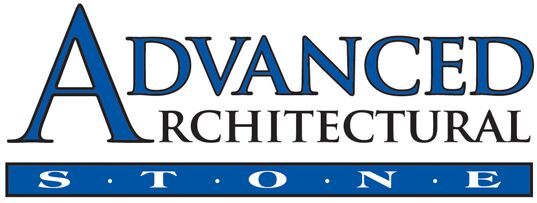What does it take to design and manufacture Architectural GFRC products?
What makes Architecture GFRC ideal for higher elevation applications?
See the manufacturing process and technology used for cornices of the new sorority house building at the Southern Methodist University (SMU) in step-by-step sequence of videos in this blog post. These video clips are captured at the Mesa Precast plant of Advanced Architectural Stone; this plant is located in Tempe, AZ.
Step One: Custom Molds
AAS team used the in house custom mold making technology and craftsmanship to create the required molds of specific shape for each GFRC panel used on this project. For the exterior cornices of the building, these molds are big in size as well. See more on it in their video.
Step Two: Spray Mix for GFRC
The Architectural GFRC (Glass Fiber Reinforced Concrete) products are manufactured by spraying specific mix. AAS has automated batch plant system to create the right mix with precise control over proportions and consistency.
See spray mix getting ready for the manufacturing in this video.
Step Three: Facing Mix
The first step in creating 3/4 ” thick GFRC panel is, applying the face mix. It doesn’t have any fibers in it. It helps create a smooth finish on the outside. In this project, the cornices are going to be acid etched, so the smooth surface is very helpful for creating that finish later on.
See facing mix being applied…
The face mix is brushed to make sure all surfaces are covered, and also there are no air bubbles…
Step Four: Applying Back up Mix
Next step in the manufacturing is applying back up mix that has fibers in it. This is applied over three layers typically with brushing and packing in every step to eliminate bubbles and gaps in the panels.
Material technology to create the right mix is one of core differentiators of the Advanced Architectural Stone.
Watch back up mix being compacted using brush and rollers in this video clip…
Step Five: GFRC Frame for Attaching Cornice to the Building During Installation
The idea with this GFRC cornice is to simplify installation with per-engineered steel installation frame attached to the GFRC skin, so that from outside it looks like a solid concrete piece…
While the frame is being integrated into the GFRC panel structure, edges are also thickened to make the product stronger and structurally more sound.
LEARN MORE ABOUT PRE-ENGINEERED, BUILT IN CONNECTIONS WITH AAS GFRC PANELS, CUSTOM DESIGN >>
GFRC Cornice Ready for Surface Finishing and then for the Installation
The the manufactured Cornice piece realized with custom molds, right materials selection, and specific technology and expertise in creating an engineered piece precise in tolerance, ready to install.
While it looks like solid concrete from the outside, this Architectural GFRC cornice is so light in weight when compared to concrete or other cast products such as cast stone or architectural precast. This makes Architectural GFRC ideal for higher elevation applications.






